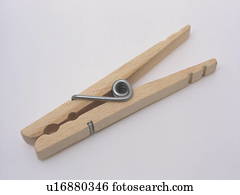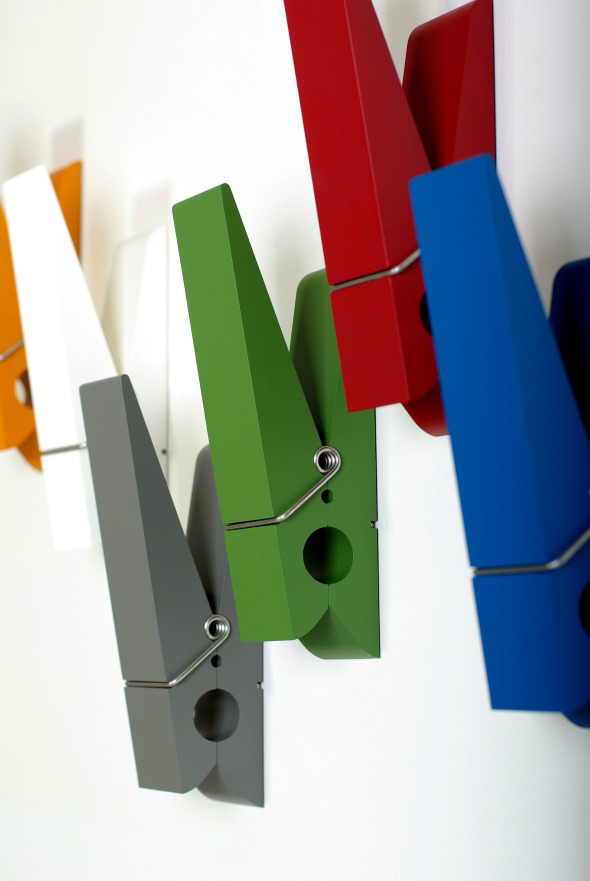

The pendulum had definitively swung back. In late 2019 a slew of viral memes spoofed the environmental impact: In one, an anthropomorphized Earth, having stepped on a tiny plastic clothespin, grabs its throbbing foot and screams, “This is worse than stepping on a LEGO!” By that point, an interest in maximalist garnish had been renewed, cocktails blooming with all means of flora and fruit. Don’t get me wrong, I love a cocktail garnish as much as the next guy-you know, like sliders on Bloody Marys-but this is unsustainable.”Īs the cheaper plastic iterations began appearing in airport bars, Applebee’s and exurban cocktail parties, public displeasure turned to vitriol and prominent cocktail enthusiasts released statements shaming the tiny clothespin’s increasingly shoddy performance. “Tiny clothespins made of plastic-they end up in landfills, then in fish.

“One word: microplastics,” remarked noted climate activist Don Norton. (The product was never released.) To maintain market value, corners were cut elsewhere: materials. The tiny clothespin insisted upon dramatic production increases and hired an undisclosed Silicon Valley firm to develop Tiny Clothespin: The App, whose development reportedly cost upwards of $3 million. The zeitgeist had found the tiny clothespin.Īs demand for the diminutive accoutrement grew, unchecked ambition reared its ugly head. Plain hardwood gave way to a rainbow of fine metals-brass, silver, even platinum-employed in five-star establishments in Saudi Arabia and Tokyo. The tiny clothespin was suddenly the “it” cocktail accessory, the poster child for a progressive garnish method dubbed “aroma posturing,” wherein fragrant citrus peels and herbs were lightly fastened to a cocktail glass exactly at nostril level.Īs the tiny clothespin grew in popularity, so too did the variety on offer. Packs of 50, 100 and sometimes 1,000 tiny clothespins enjoyed top-shelf storage at fine drinking establishments. Amazing.”īy 2017, the tiny clothespin was showing up everywhere, Austin to Asheville, Singapore to Rome. “The tiny clothespin was like the ant of garnishing tools: so small and elegant, but mighty enough to hold a basil leaf to a highball glass rim so precisely. “The idea was so sexy,” said Zelda Wingarten, former head mixologist at craft cocktail bar Pin Up Babe in Atlanta. Soon, the tiny clothespin began marketing itself toward creative cocktail designers looking to class up while paring down. “I knew that correction would be toward minimalism.” Like Brancusi’s work, Clothespin presents two separate forms merging in an embrace.Īdapted from Public Art in Philadelphia by Penny Balkin Bach (Temple University Press, Philadelphia, 1992).“When the zeitgeist goes too extreme, you know it will overcorrect,” said the tiny clothespin in a 2018 interview with TIME. The sculpture invites many interpretations, and Oldenburg himself compared the form to Constantin Brancusi’s famous sculpture The Kiss in the Philadelphia Museum of Art. Art critics have written of its “soaring” look and the “velvety” texture of the Cor-Ten steel, which turns a warm reddish-brown as it weathers. It is not, in fact, a reproduction of an ordinary clothespin, but a sweeping, stylized version. But the sculpture’s resemblance to a daily object should not obscure its artistic qualities.
After the installation in 1976, cab drivers, pedestrians, art enthusiasts, and local office workers admired it or joked about it, and it soon became a Philadelphia landmark. Oldenburg has been noted for his attempts to democratize art, and Clothespin certainly draws a reaction from everyone who passes it.

The sculpture invites many interpretations, and Oldenburg himself compared the form to Constantin Brancusi’s famous sculpture “ The Kiss” in the Philadelphia Museum of Art. This witty monument was commissioned by developer Jack Wolgin as part of the Redevelopment Authority’s Percent for Art program. Facing City Hall tower with its venerable sculpture of William Penn, Clothespin has the jolting and humorous effect of a familiar object seen out of context. Out of a subway entrance in Center City, between the two office towers of Centre Square, rises a gigantic clothespin. Part of the Museum Without Walls™: AUDIO programĬommissioned by developer Jack Wolgin as part of the Redevelopment Authority’s 1% programĪfter it was installed, cab drivers, pedestrians, art enthusiasts, and local office workers admired it or joked about it, and it soon became a Philadelphia landmarkĪrtist Claes Oldenburg has been noted for his attempts to democratize art


 0 kommentar(er)
0 kommentar(er)
